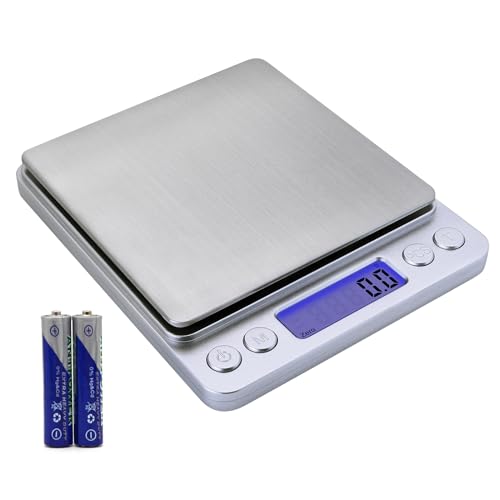I guess it depends on what you consider natural! It's a difficult line to draw.
Oxides and mica occur in nature, of course, as metals and minerals. I've seen several micas which are colored with carmine (aka crimson lake, natural red 4, cochineal), which is from insects, especially purples. Many colors are made from combining different minerals. Yes, many of these things are made in a lab and processed -- but so is the clay. Clays have to go through quite a bit of processing to be made into the form that is sold as cosmetic grade. (I buy it for making glazes, etc. for ceramics, and much of it still has to go through a lot of processing to get to that stage too.)
So if you're going for the aesthetics of the natural coloring, I think you can widen your search for some of those beautiful oxides, which are probably much easier to incorporate into M&P than clay.
However, I have seen people do beautiful things with herbs and seasonings in M&P as was mentioned earlier by agriffin. Spirulina gives a beautiful green, though I'm told if you use too much it does have a smell (beachy?). I saw it used lightly to make speckles in clear M&P soap, as well.
When I was putting ground up oatmeal in my M&P, I had to stir and stir until it was thick before it stayed suspended through the whole soap. Basically RIGHT before that stage when you have to call it off and remelt the whole thing.

So maybe that would help with the clay!










































